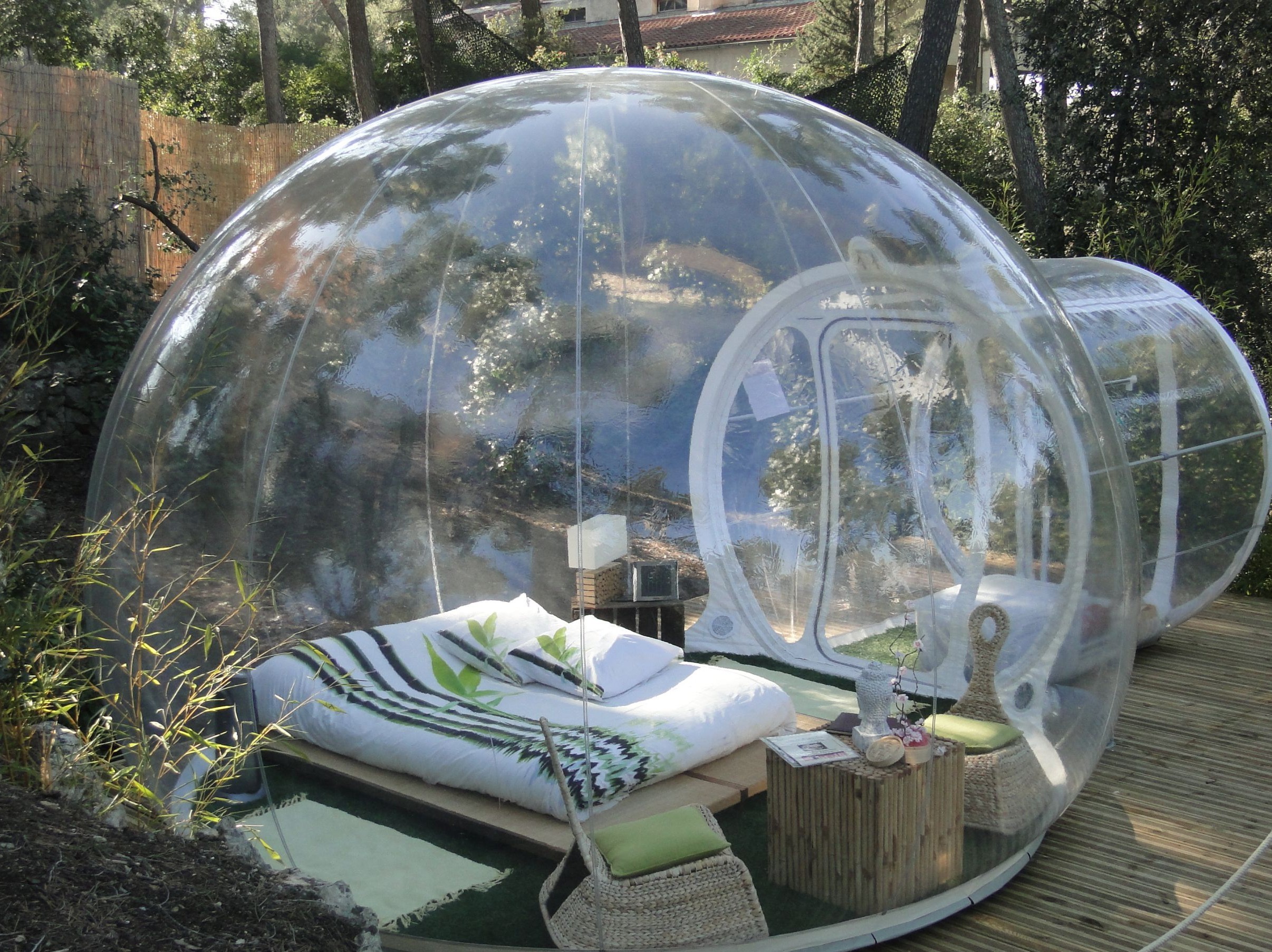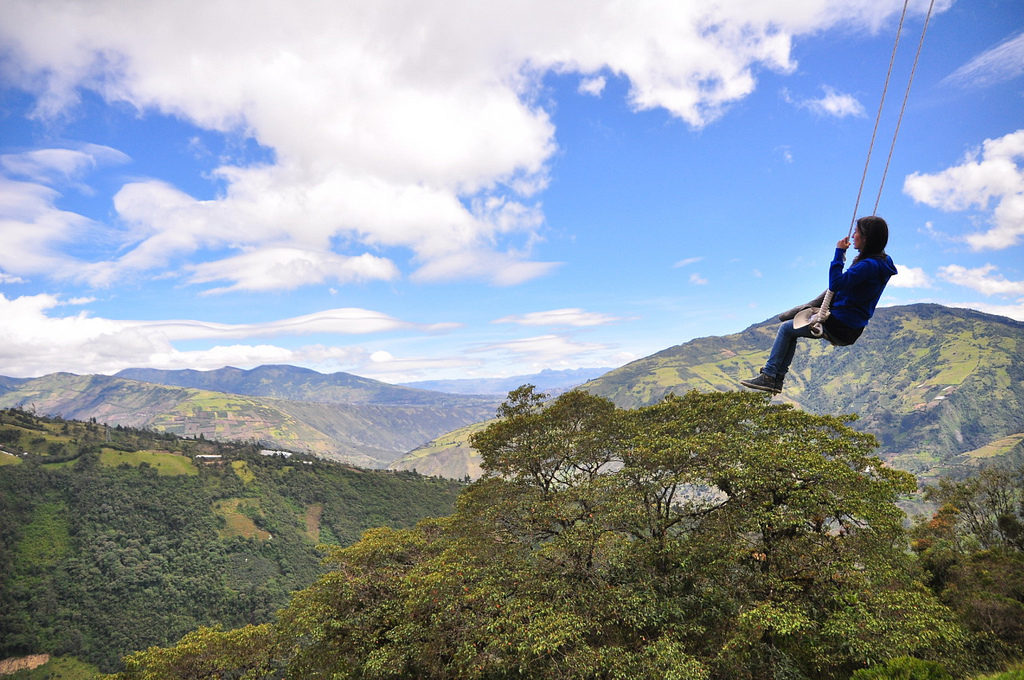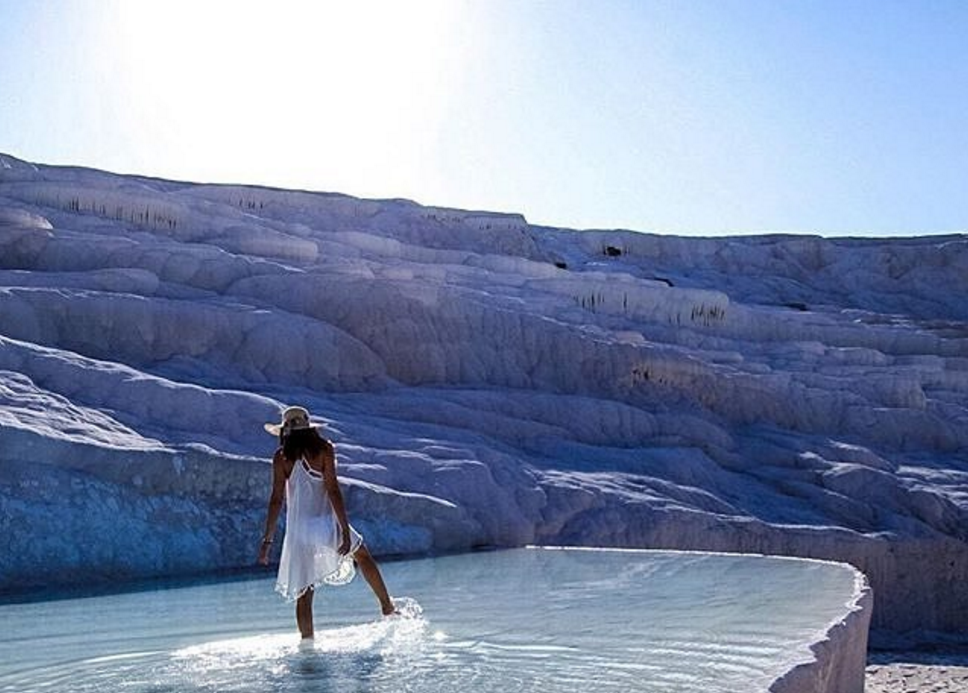These Turkish Hot Springs Are Truly Other-worldly

www.awol.com.au
The ill-suited names of certain destinations can have people scratching their head in bewildered confusion. For example, Ugley in Essex is quite picturesque, Hell in Norway can reach temperatures of −25 °C and Bland Shire in NSW is actually quite the happening agriculture, mining, transport and tourism hub. But some names just seem to fit.
Pamukkale means “cotton castle” in Turkish, and the natural marvel in the southwestern Denizli Province certainly recalls dreams of castles in the sky.
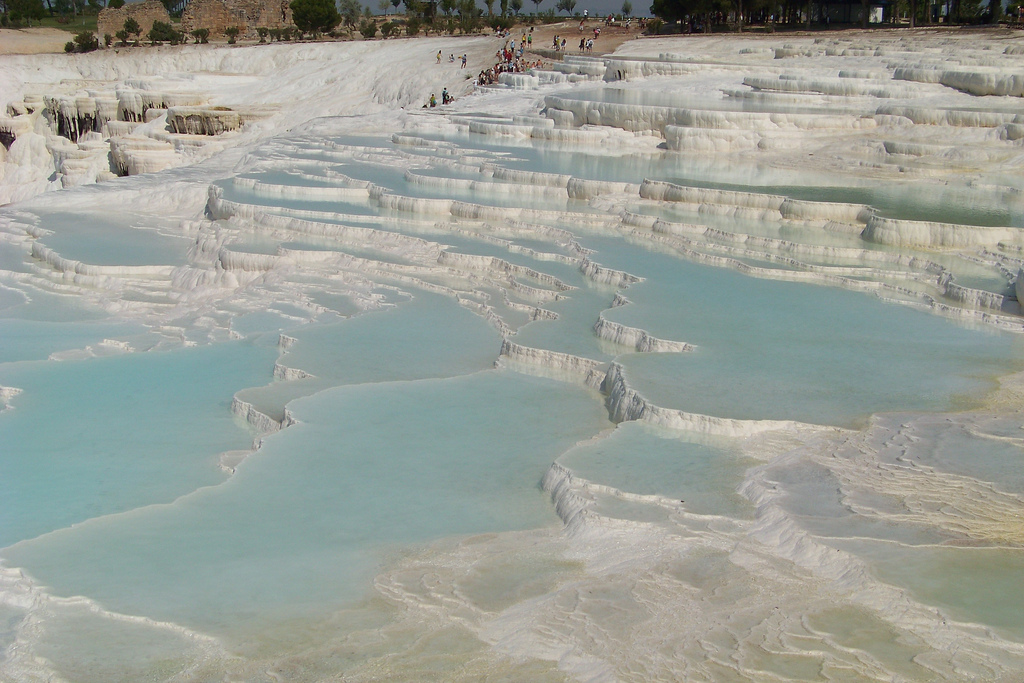
This amazing destination has been shaped by the hand of nature. Nutrient-rich hot thermal water from a set of nearby springs runs over shelves of white calcite rock, depositing calcium carbonate which hardens into the white travertine rock visible there today.
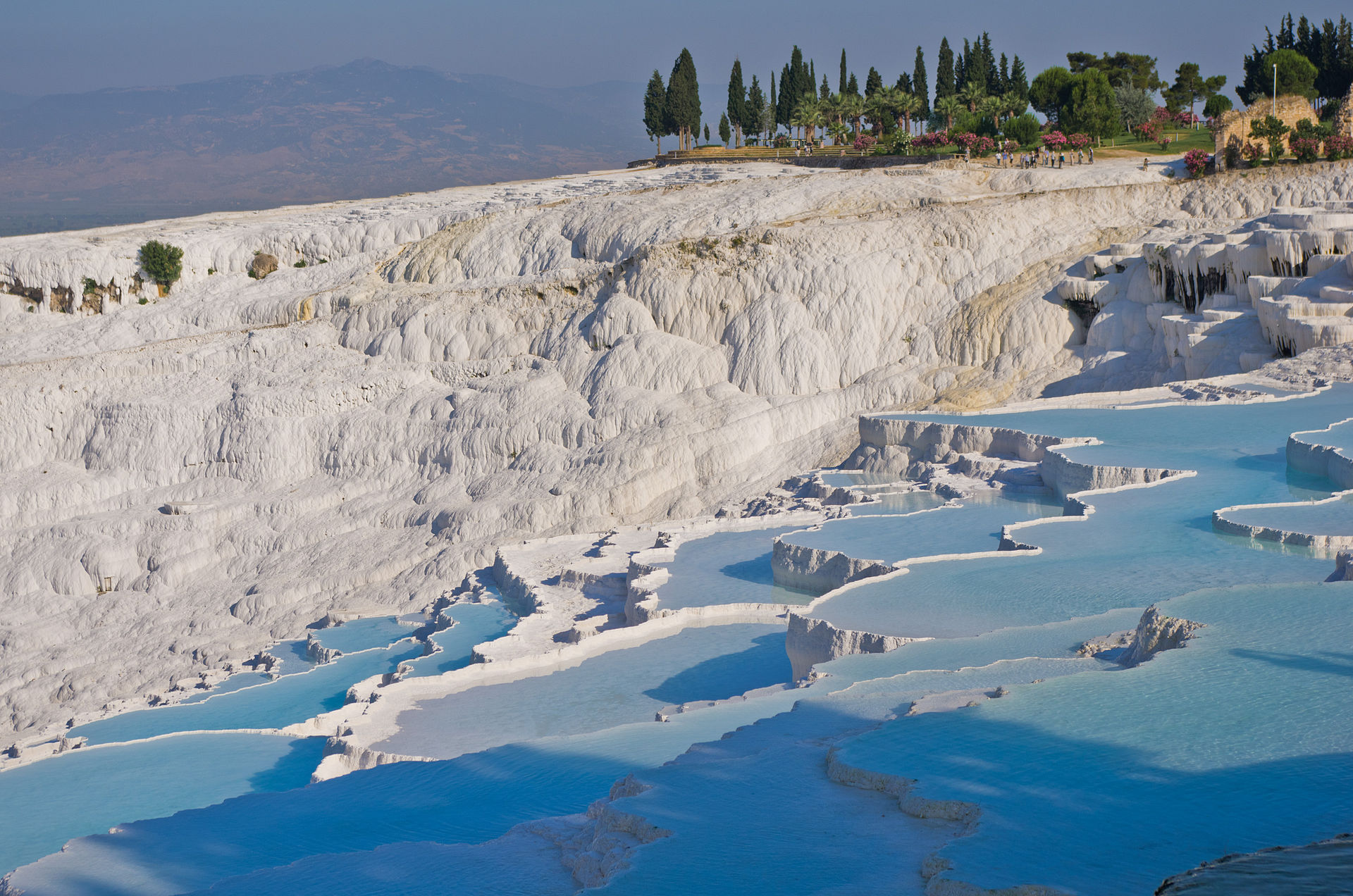
Pamukkale is also a World Heritage Site, which saw one point awarded to nature after hotels and roads that were built virtually on top of the attraction were removed in 1988. You go, nature.
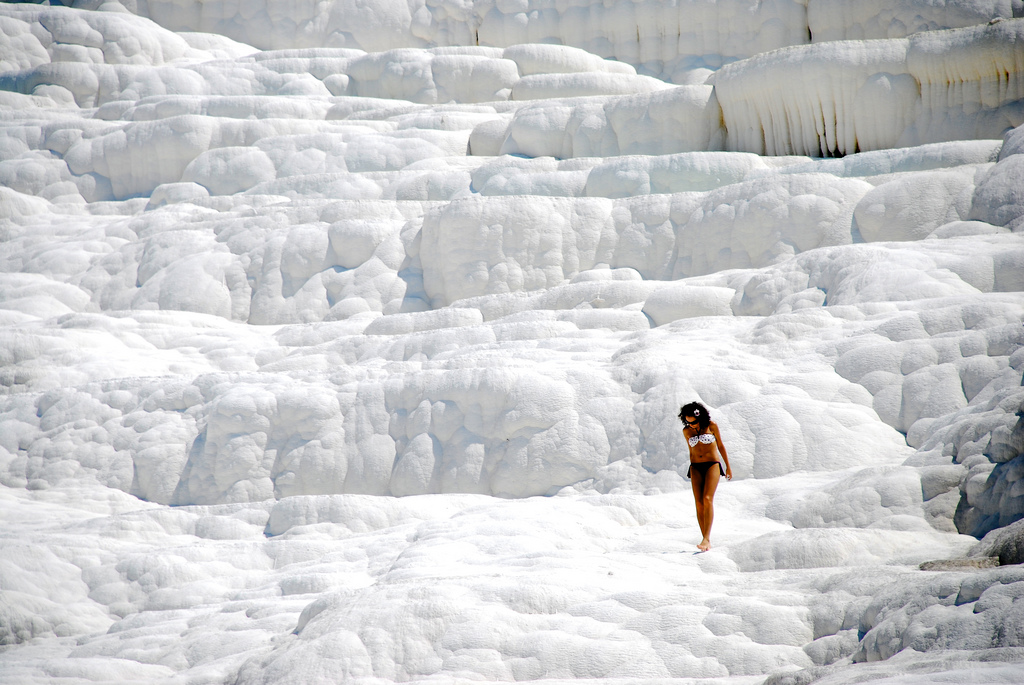
People have bathed in its pools, believed to have curative powers, for thousands of years. However, nowadays bathing in the terraces is prohibited due to human interference and damage. There is, however, a nearby swimming pool constructed away from the cliffs that funnels the same thermal water.
Once your bathing quota is fulfilled, you can also explore the ruins of the ancient Greco-Roman and Byzantine city of Hierapolis, along with a museum dedicated to historical artefacts from the area.
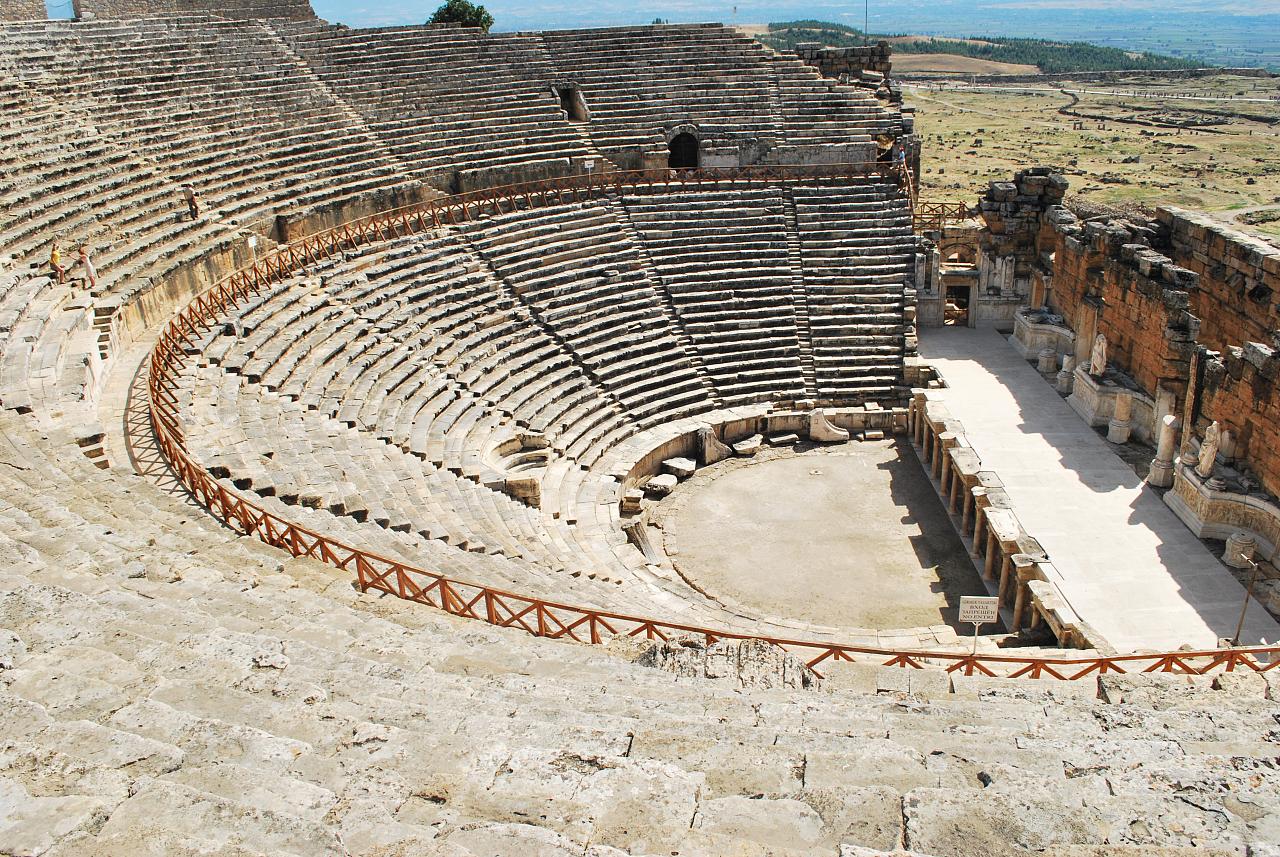
(Lead image: Ana Raquel S. Hernandes/Flickr)
Put Turkey on your list for 2015. Book your trip with Qantas.
www.awol.com.au

